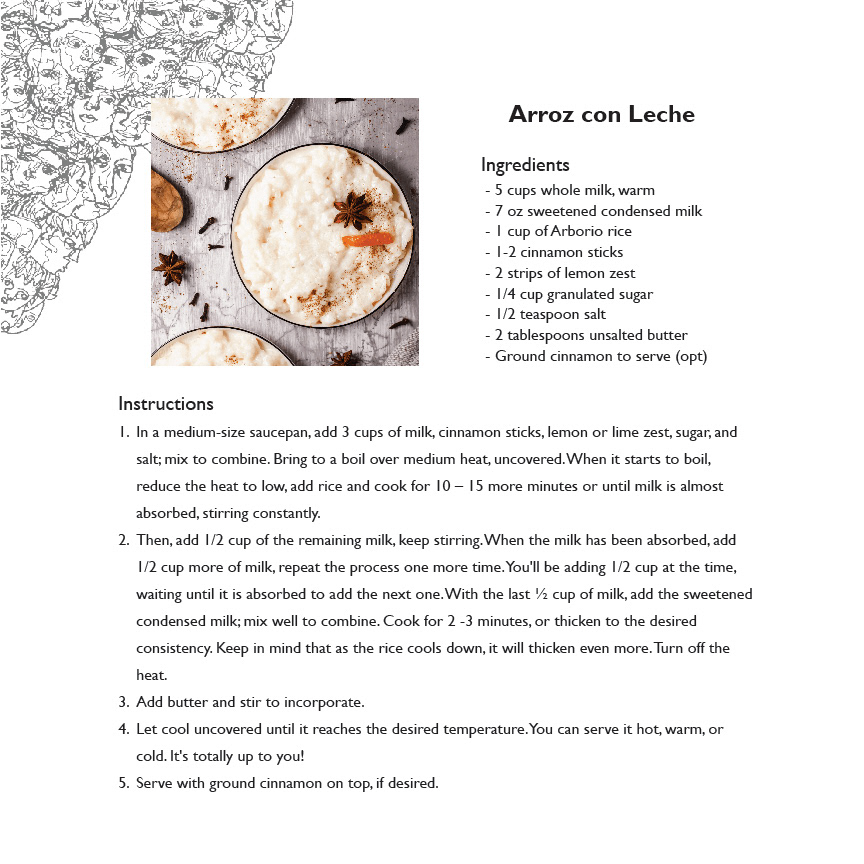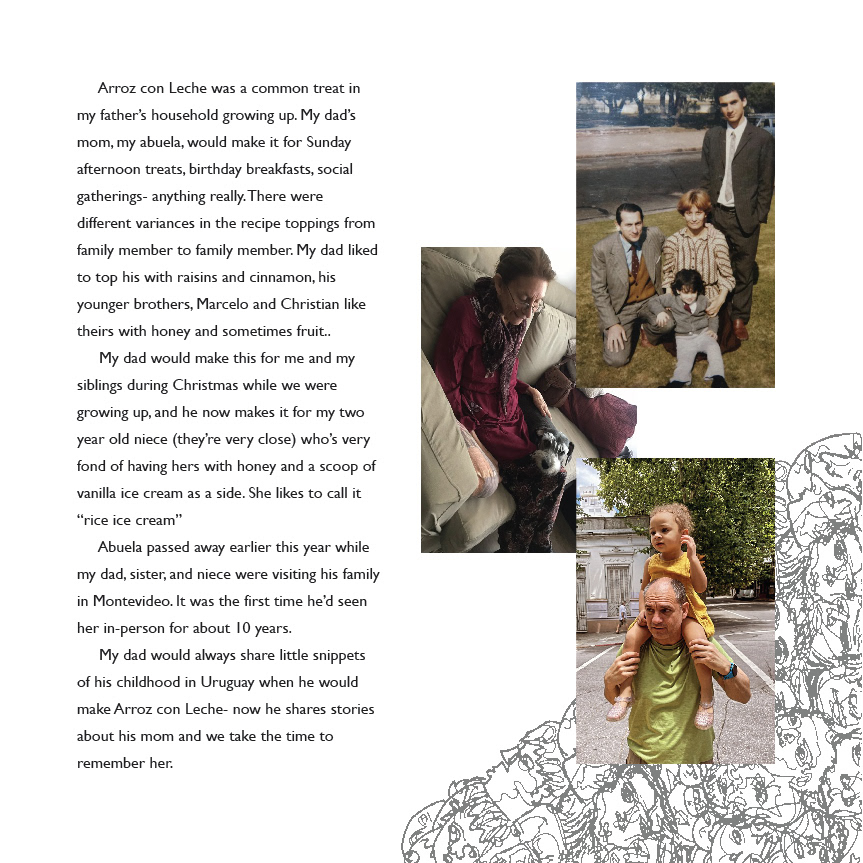Designer’s note: This project is a current work-in-progress and based on real-life design intervention and research for the University of Illinois Urbana-Champaign’s LatinX cultural house, La Casa.
RESEARCH
The beginning of this project started with an in-person tour and interview with the assistant director of La Casa, Julio Velasco. Studio 404, the class that is currently working on design interventions, were able to ask questions after participating in a presentation on the history of La Casa and what resources they offer to LatinX students on campus. Afterwards, we toured the cultural house, which from my experience as a disabled individual was a bit restricted due to only having access to the first floor of the house. From there we were able to identify pain points or dissonances in the cultural house’s ability to connect with LatinX students of all backgrounds and identities.
After meeting with Julio, I looked into peer-reviewed articles on heterotopias and heterotopic affinity spaces. The idea of heterotopias and heterotopic spaces were attributed to philosopher Michel Foucault and “describes certain cultural, institutional, and discursive spaces that are somehow ‘other’ or transforming”. Heterotopic affinity spaces are spaces described as “affording deep, authentic learning around a shared endeavor” that “disrupts dominant culture and power relations”. These spaces are versatile in the way that they are not restricted to physical spaces but are attributed to “events, cultural practices, relationships, discourses and text”.
Post-tour and research, I started looking deeper into what barriers La Casa had that disabled students from fully interacting with the house as a whole, my first thought as a disabled designer was the accessibility. La Casa is limited with the level of physical space they are able to allocate towards a large body of students interacting with the house.
This dissonance of interaction helped me frame a research question and guided my design directions. What system can be created outside of the physical space of La Casa that will provide a collection of inclusive and shared experiences of ALL LatinX identities?
From there, I started interviewing individuals I knew with LatinX identities as well as other marginalized identities such as LGBTQIA+ and being disabled. Recurring themes throughout my interviews were of relatability, accessibility, and an overarching anxiety of interacting with the house. Many of the individuals I interviewed found that La Casa was hard for them to identify with due to the prevalence of Mexican-centric cultural representation and their differences in backgrounds (having a “whitewashed” developmental childhood or multi-marginalized identities).
DESIGN IDEATION
I had many ideas of design interventions with the goal of achieving inclusivity and focusing on shared experiences as a whole. One of my early ideations included a collective “sketchbook project” in which individuals could “rent” out a sketchbook, share their experiences and identity through writing, art, etc. and return the book that would again be rented out by other students until La Casa had an entire book dedicated to shared experiences of all LatinX identities. Another idea was a LatinX cultural fair in which booths were designated to students of different LatinX backgrounds to share their cultures to the student body of the University of Illinois Urbana-Champaign. In both ideations, I still felt the physical plane of interaction was a prominent problem that wasn’t being addressed.
At this point, I felt it appropriate to look inwards on my own thoughts of how culture can be shared in a welcoming and non-intimidating way. I grew up in an overall whitewashed household with a Uruguayan father. I had little exposure to my father’s culture but my fondest memories and exposure to that culture came from cooking and food.


In any culture, especially Latin culture, recipes are oftentimes accommodated with storytelling. We can learn a lot of our history through cooking and spending time with family. Food is a universal way to connect with others in a welcoming way.
The question was how to create a system or environment in which this “togetherness” through food and cooking could be achieved. I started thinking about cooking classes or activities in which students could interact with each other and bond over storytelling through food.
In all these ideas, I hit a wall in which the accessibility of this idea could be extended outside of physical spaces.
It wasn’t until one of my roommates had a meal service box delivered to our house that the idea of what I would soon title “En Todos” began to form.
It provided the means of stepping outside of the physical plane that La Casa was restricted with in terms of engaging students.
Starting to look at meal service subscriptions as a direction with high impact potential, the elements of time and materials began to take priority. Moving forward in this direction, a lot of time would need to be allocated to curating recipe boxes as well as a system to get the boxes from point A to point B, La Casa to students. Materials would need to include food items, recipes, and LatinX stories and narratives to accompany the recipes. There were other dimensions I had to consider with this direction: how will recipes be picked? Are there limitations in which experiences can be recorded? How can the product support and encourage sustainability? What budget would have to be created to allow this project to be more than just an idea?
PRODUCT DESIGN ASSETS
However important these physical aspects of the product were, I could not move forward without placing the majority of my attention on the original intent of the design, encouraging inclusivity in sharing experiences of ALL LatinX identities. I decided that a component of the box would include a version of my sketchbook prototype in which it would contain recipes as well as empty pages for participants to record their experiences, whether it be through sketches, photography, or written entries.
In order to further encourage sharing experiences while using the product, the packaging itself is also interactive. In my final design, I included a photo pocket for participants to place their recorded images as well as prompts to reflect on their experiences or share their personal stories.
PRODUCT ITERATIONS (LOW, MID, HIGH FIDELITY)
The following images demonstrate the different iterations and stages of development for the product design.
